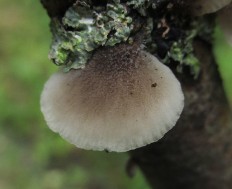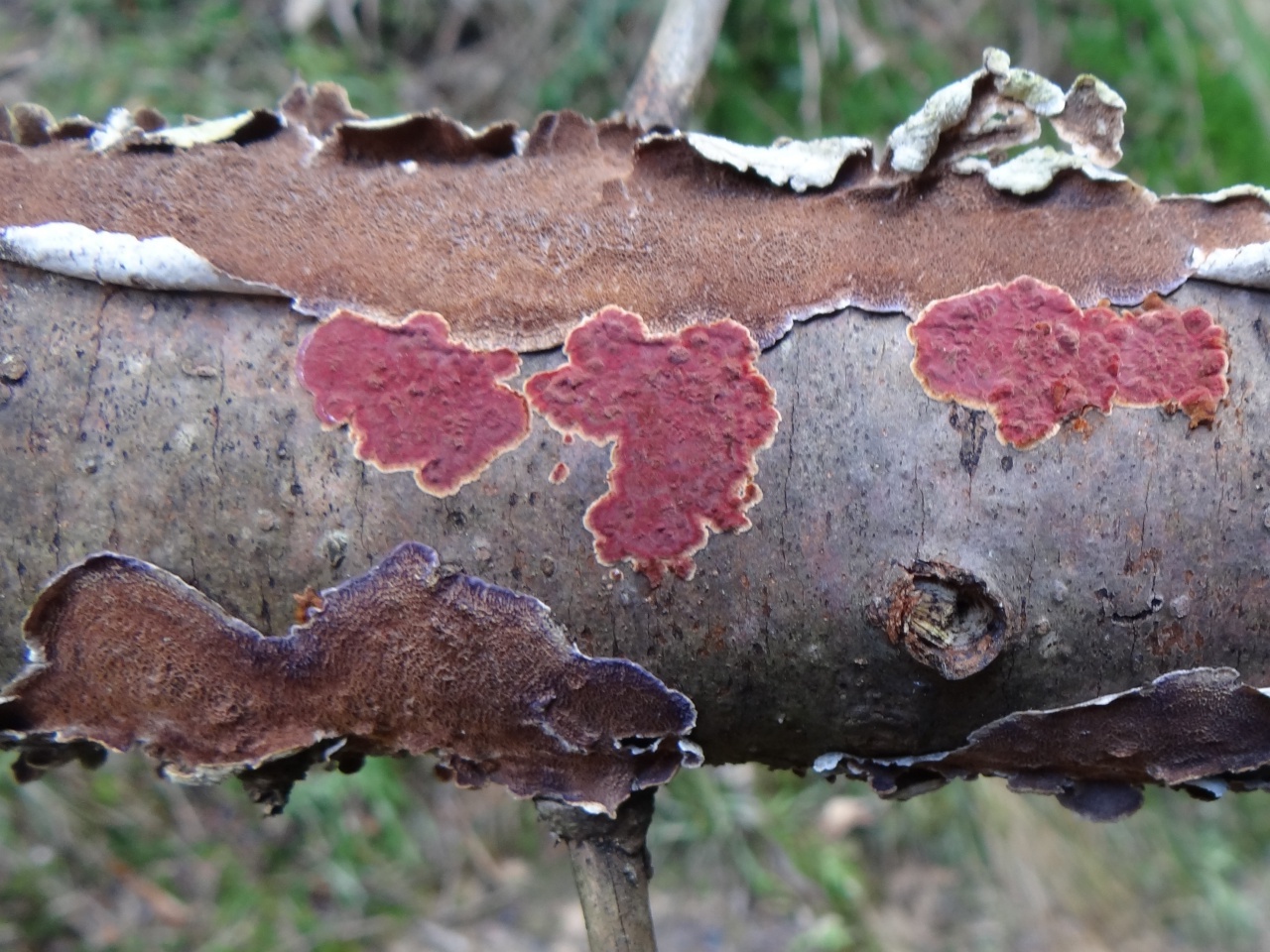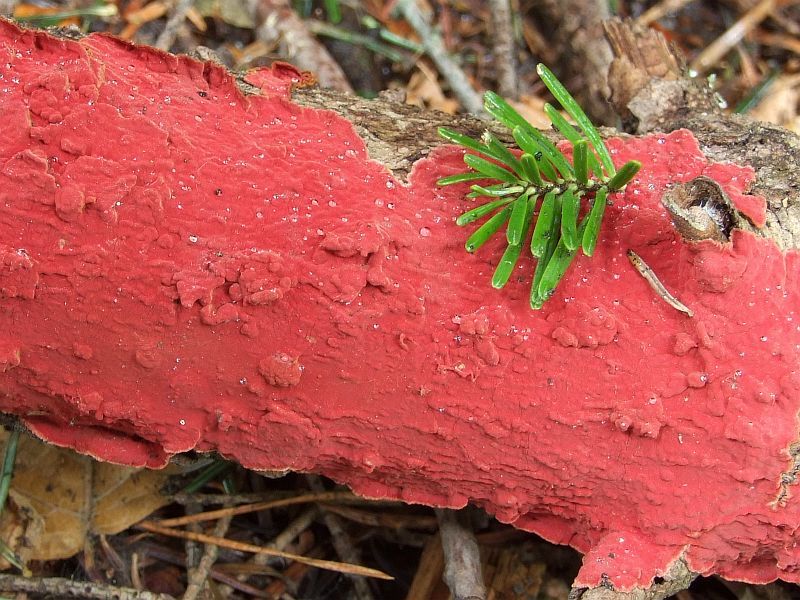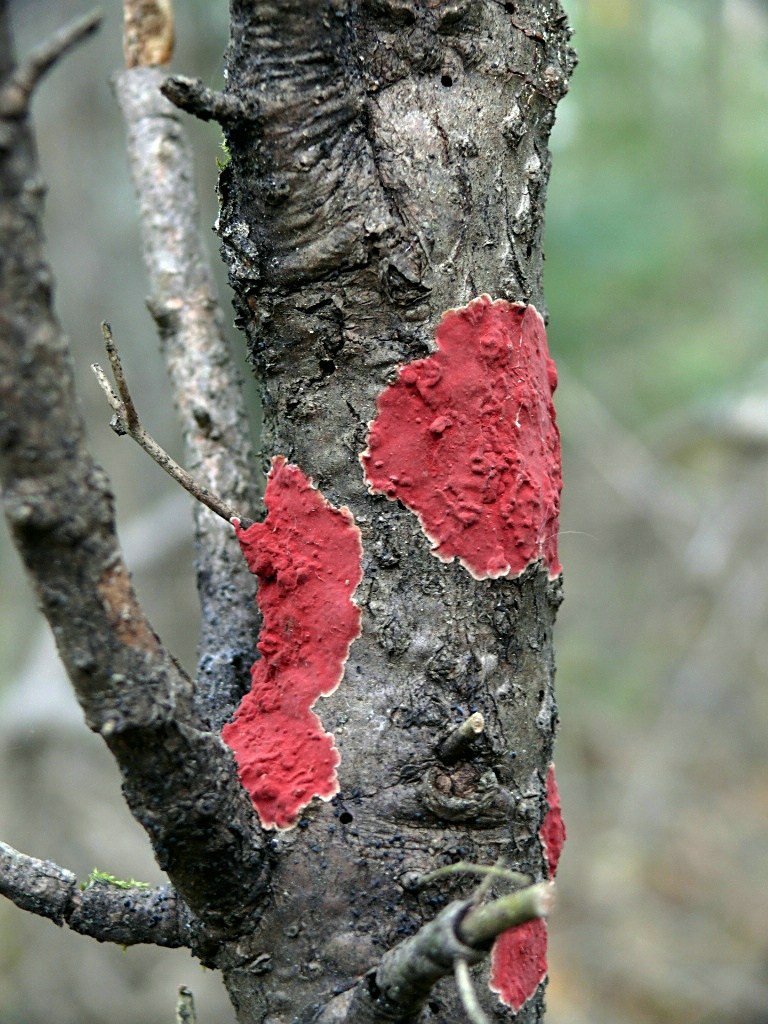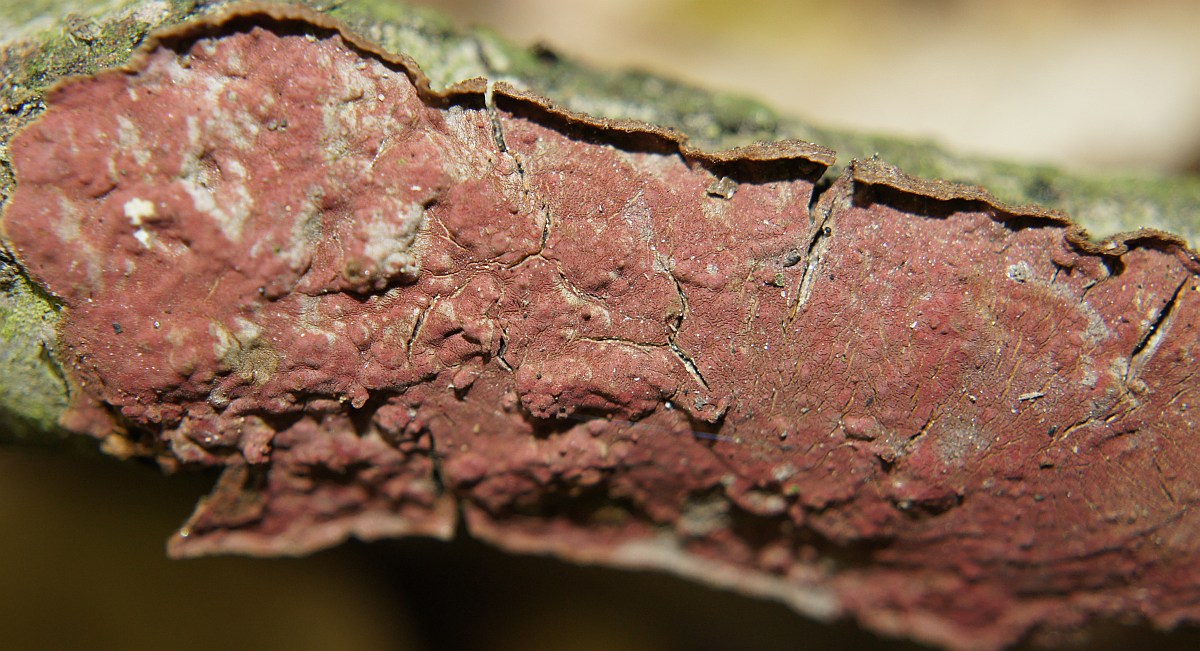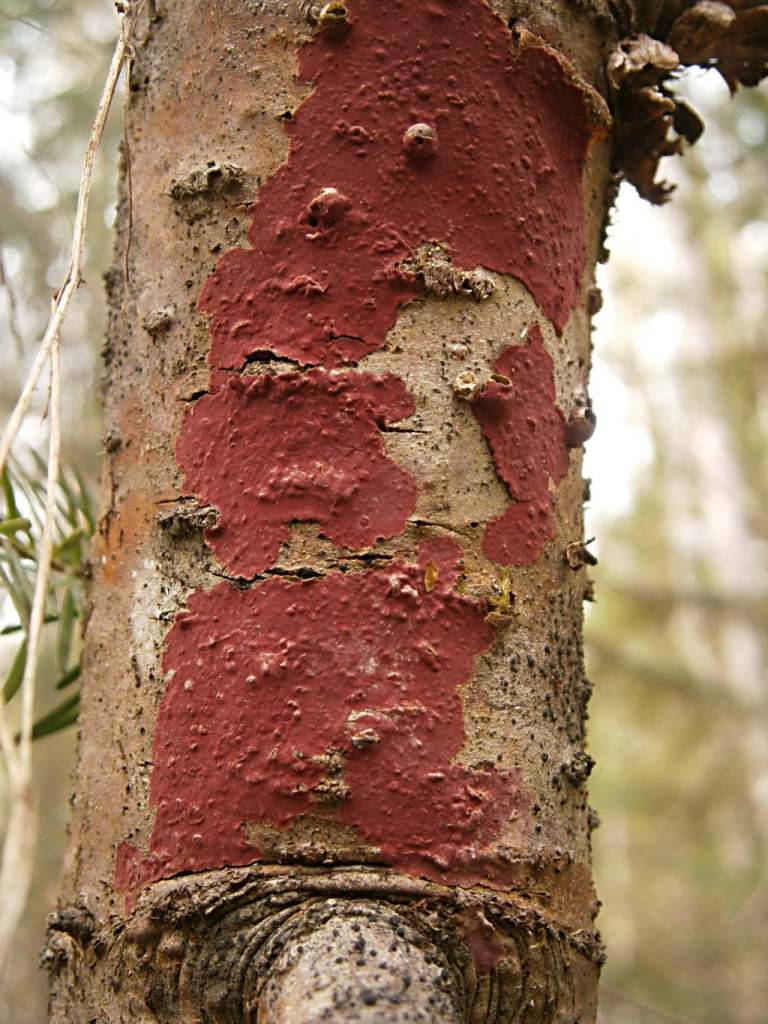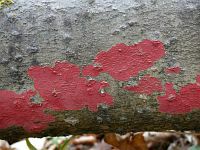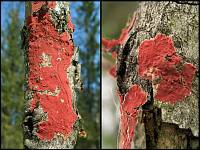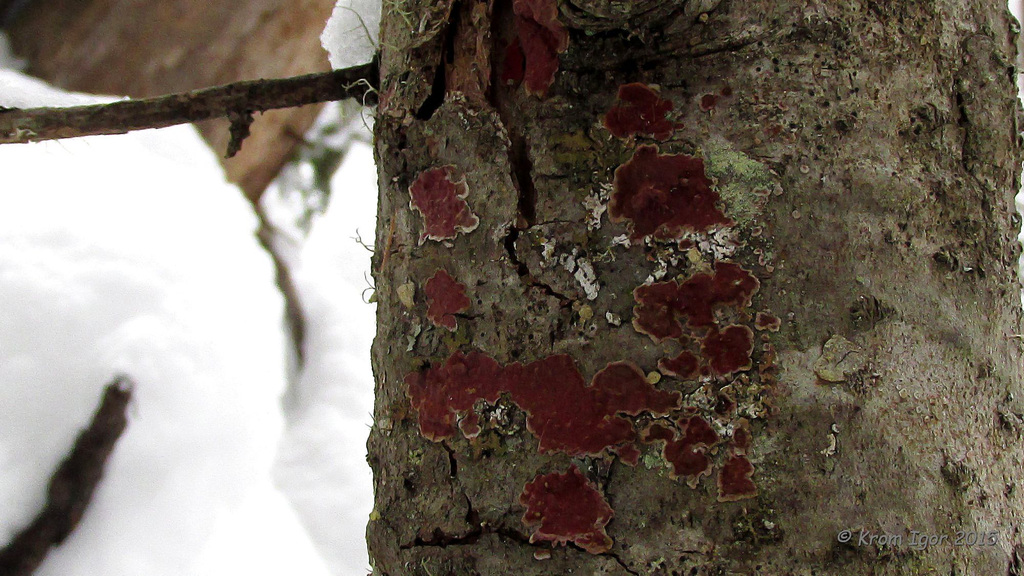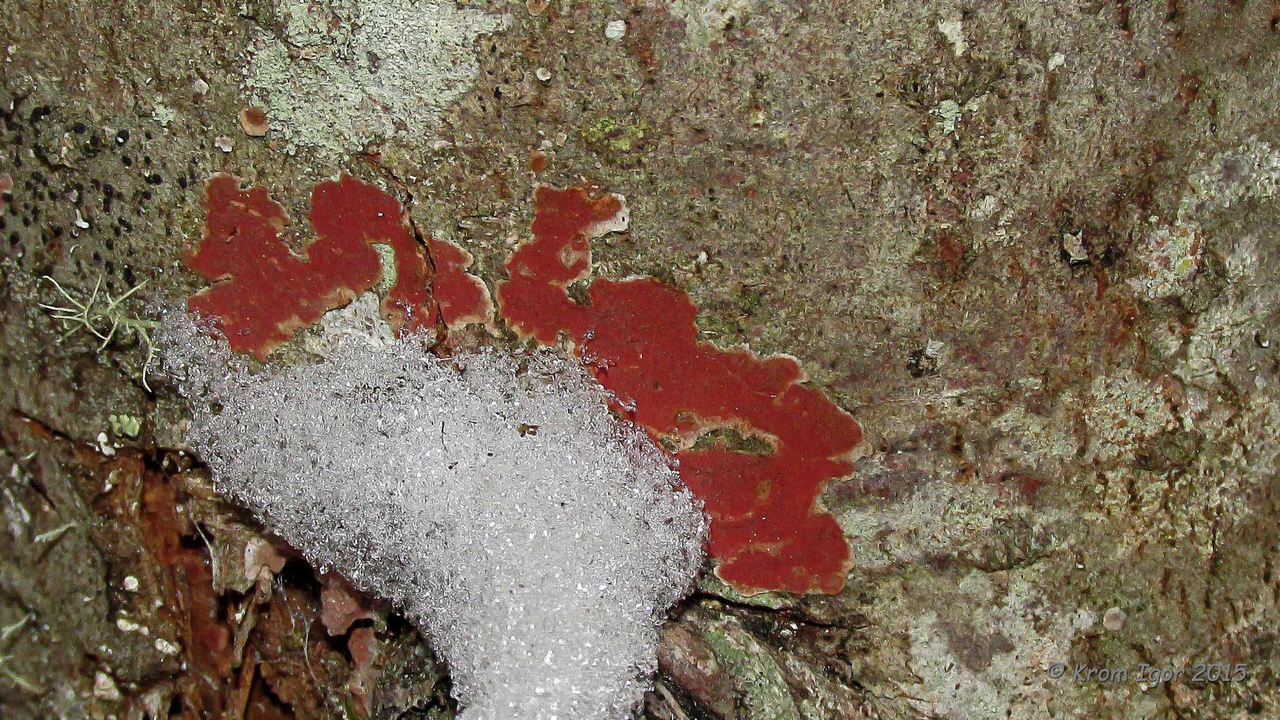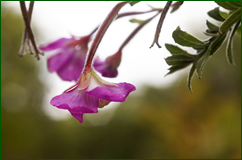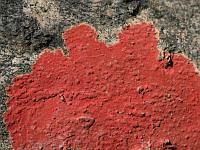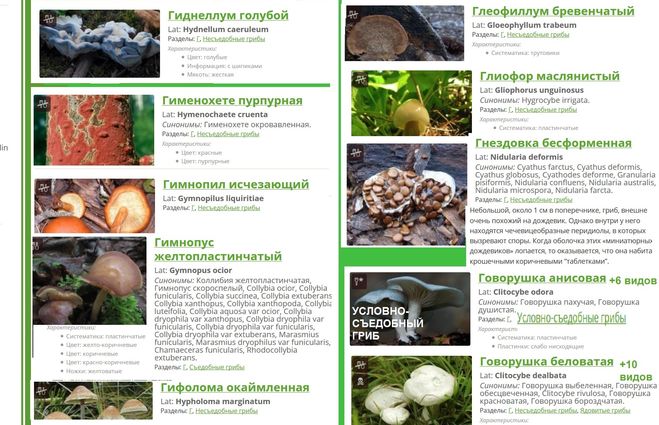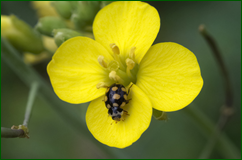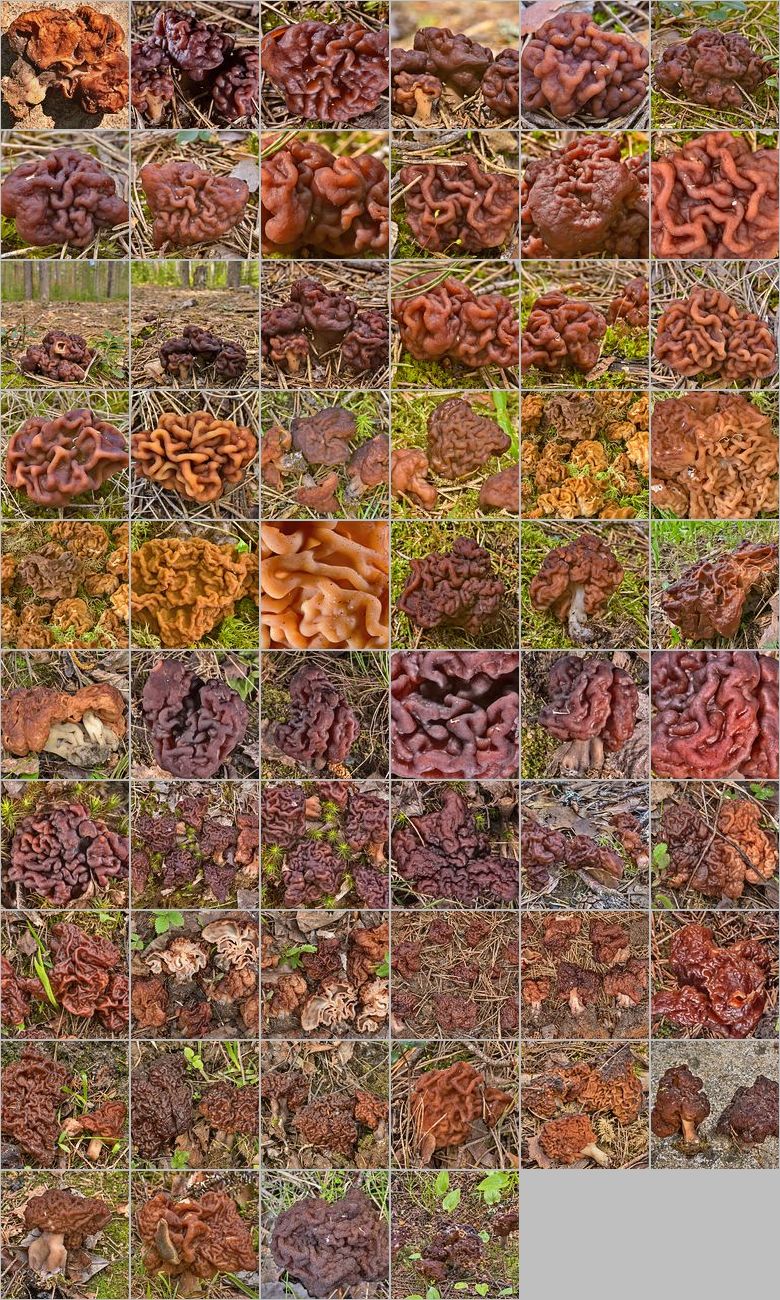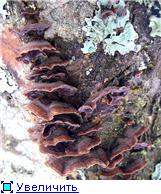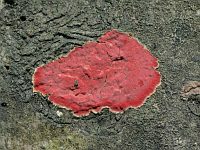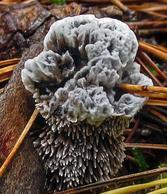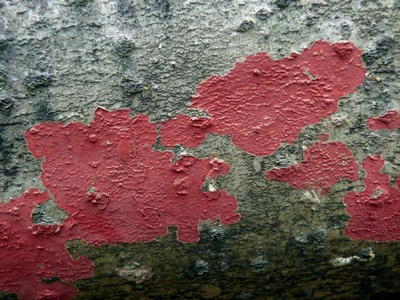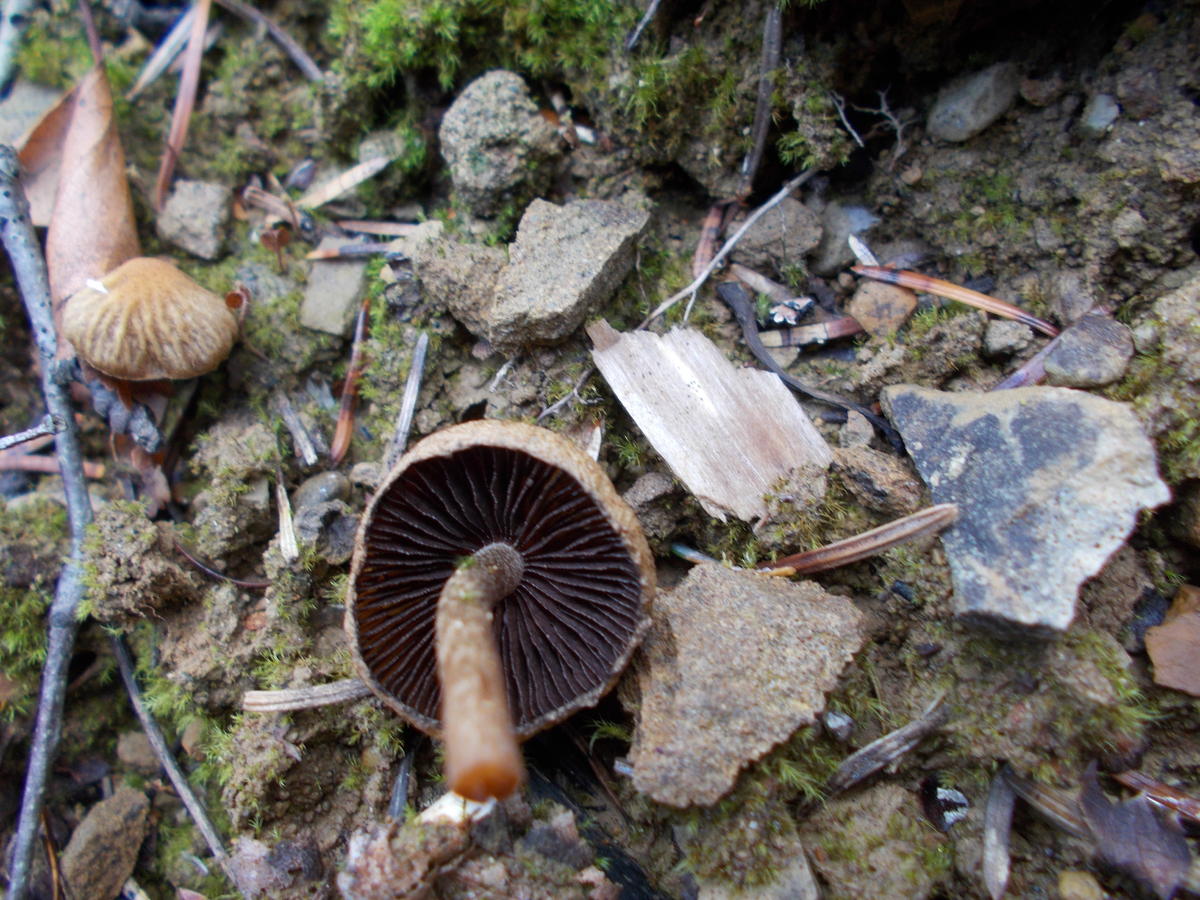Hymenocheta oak (red-brown, red-rusty): photo and description
| Name: | Gymenochet red-brown |
| Latin name: | Hymenochaete rubiginosa |
| Type of: | Inedible |
| Synonyms: | Hymenocheta oak, Hymenocheta red-rusty |
| Systematics: |
|
Gymenocheta red-brown, red-rusty or oak is also known under Latin names Helvella rubiginosa and Hymenochaete rubiginosa. The species is a member of the large Gimenochet family.

The biological cycle of the species is one year
What does the hymenochete red-brown look like
At the beginning of the growing season, the caps of the red-brown hymenochete are pressed against the surface of the substrate. Then the fruiting bodies rise, take the form of spread, sessile fruits with a tiled arrangement on the surface of the wood.
If the mycelium is on a standing stump, the mushrooms resemble a lowered fan or shell. On the underside of a felled tree there are rubbery ones, with a variety of non-repeating shapes.
The external characteristics of the red-rusty hymenochete are as follows:
- fruit bodies are thin - up to 0.6 mm, rigid dense woody structure;
- the surface with radial stripes is much darker than the main background;
- the color of the fruit bodies is uniform to the edge, it can be steel or brown;
- one or more light lines of different widths are located along an even or wavy edge;
- the surface of the caps is furrowed, velvety at the beginning of growth, then smooth, and at the end of the biological cycle it becomes glossy;
- hymenophore with chaotically scattered tubercles;
- in young specimens, the color is orange, with age it becomes reddish-brown or lilac, closer to the edge, the color is always much lighter.
The pulp of a red-brown hymenochete is brown with a gray tinge, tasteless and odorless.

Fruits are found both on horizontally and vertically arranged wood.
Where and how it grows
The mushroom is cosmopolitan, without the boundaries of the main cluster. In Russia, it can often be found in mixed forests and oak forests. Saprotroph parasitizes on decaying oak wood. Bears fruit in temperate climates from early summer to winter. In the southern regions, the red-brown hymenochet can grow until the next season. The mycelium causes the spread of dry rot.
Is the mushroom edible or not
The structure of the hats is very rigid at any stage of development. The fabric is thin, tasteless, odorless. Cannot be used as a raw material for culinary processing.
Doubles and their differences
The hymenocheta tobacco is considered a double. It differs in a lighter color, as well as a leathery, rather than woody structure of the fabric. Accumulating fruiting bodies can occupy a large area in the form of a solid line, causing white rot. The double is inedible.

Parasitizes on dead wood of any hardwood
Conclusion
The red-brown hymenochete has a one-year development cycle; it grows only on dead wood, stumps and rotting oak branches. The hats are hard with a dense structure, do not represent nutritional value. There is no information about toxins in the composition, the hymenochete belongs to inedible mushrooms.
Hymenochete red-brown (oak, red-rusty, Hymenochaete rubiginosa): how it looks, where and how it grows, edible or not

Hymenochete red-brown (Hymenochaete rubiginosa) INEDIBLE
Fruit body. 1.5-2 cm in diameter, about 3 cm long, at first prostrate, then cap-like, wide accreted sideways. Hat. Convex, slightly fuzzy, later almost smooth, with subtle zones of dark reddish shades - dark brown, gray-red and red-brown with a light whitish, yellowish-orange thin uneven edge, darkening from touch, in wet weather almost black with light edge. Hymenophore. Smooth, sometimes descending along the substrate, dull, first orange-brown or orange-grayish, later brown, purple-brown, with a waxy coating, with sterile hairy rusty brown or pink-brown edge. Pulp. Thin, dark, gray-brown, without any special smell. Beneficial features. The main property of the fungus is to restore and stimulate the liver, forcing it to produce enzymes that break down fats and carbohydrates. Due to the content of this substance, the mushroom is effectively used for weight loss.
GROWING INSTRUCTIONS
Wood preparation. Hardwood trees are felled after the leaves fall and before bud break. Tree trunks with a diameter of 15-20cm. sawn into cuts 1m long. and put in a woodpile in a shady place. Before inoculation, freshly cut wood should be aged for about 2 months. Immediately before planting, the trunks are sawn into 15-20 cm long cuts.
Inoculation. Holes with a diameter of 10-15 mm are drilled in the cuts. and a depth of 30-60mm. then they fill them with mycelium of the fungus, and on top they cover the hole with a thin layer of paraffin or wax.
Garden bed device. A trench 1m wide is dug in the ground. and a depth of 15cm. arbitrary length. Then, in the trench, the cuts are carefully placed in two rows at the same level. The distance between the rows is 40-50cm, and between the cuts in a row is 5-7cm. The free space in the trench is covered with good fertile soil up to the upper edge of the timber. On top of the cut, the mulching material is poured with a layer of 2-3 cm. (sawdust, straw, etc.). If the soil is cold, then the trench is covered from above with a film, building a kind of greenhouse.
Maintaining a microclimate. During the growth of the mycelium in the bed, it is necessary to maintain a high temperature (20-26 ° C).
Fruiting. Fruiting bodies are usually formed one year after inoculation. For fruiting, a sufficiently high air humidity (70-85%) and a temperature in the range of 18-26 ° C are required. Usually the stump bears fruit once.
Consumption rate: one package of mycelium is enough for 30KG wood.
Substrate components. Currently, as a rule, a mixture of sawdust and chips (1: 1) of deciduous trees is used. To increase the yield, 5-15% of cereal bran is added to the main substrate, but no more. Then the mixture is soaked in a molasses solution (0.2%) for 3-4 days and fermented at room temperature.
Substrate preparation. The prepared substrate with a moisture content of up to 60% is placed in polypropylene bags 20 by 40 cm. and sterilized for 2 hours in hot water.
Inoculation. The inoculum is introduced into the substrate in compliance with the rules of sterility in the amount of 2%. After inoculation, the bags are transferred to a dark room and placed on racks.
Mycelium growth in the substrate. In the chamber, where the substrate fouling occurs, it is necessary to maintain the temperature within the range of 22-27 ° C. Gas exchange takes place through cotton-gauze plugs that close the bags or vessels. As a rule, complete colonization of the substrate occurs 20-30 days after sowing.
Fruiting. In a room with a temperature of 20-22 ° C, fruiting begins in 30-40 days. After removing the upper part of the bags, the CO2 level drops sharply and the formation of a hat begins, which requires a lighting level of 75-100 lux. It is also necessary to maintain a high humidity level of 90-95%, otherwise fruiting bodies will not form.
Harvesting. In the first wave of fruiting, the yield is usually 6-10% of the mass of the substrate, in the second 2-4%. The fruiting cycle of all phases usually takes 3-4 months.
Consumption rate: 2% of the total mass of the prepared substrate
Hymenochaete cruenta
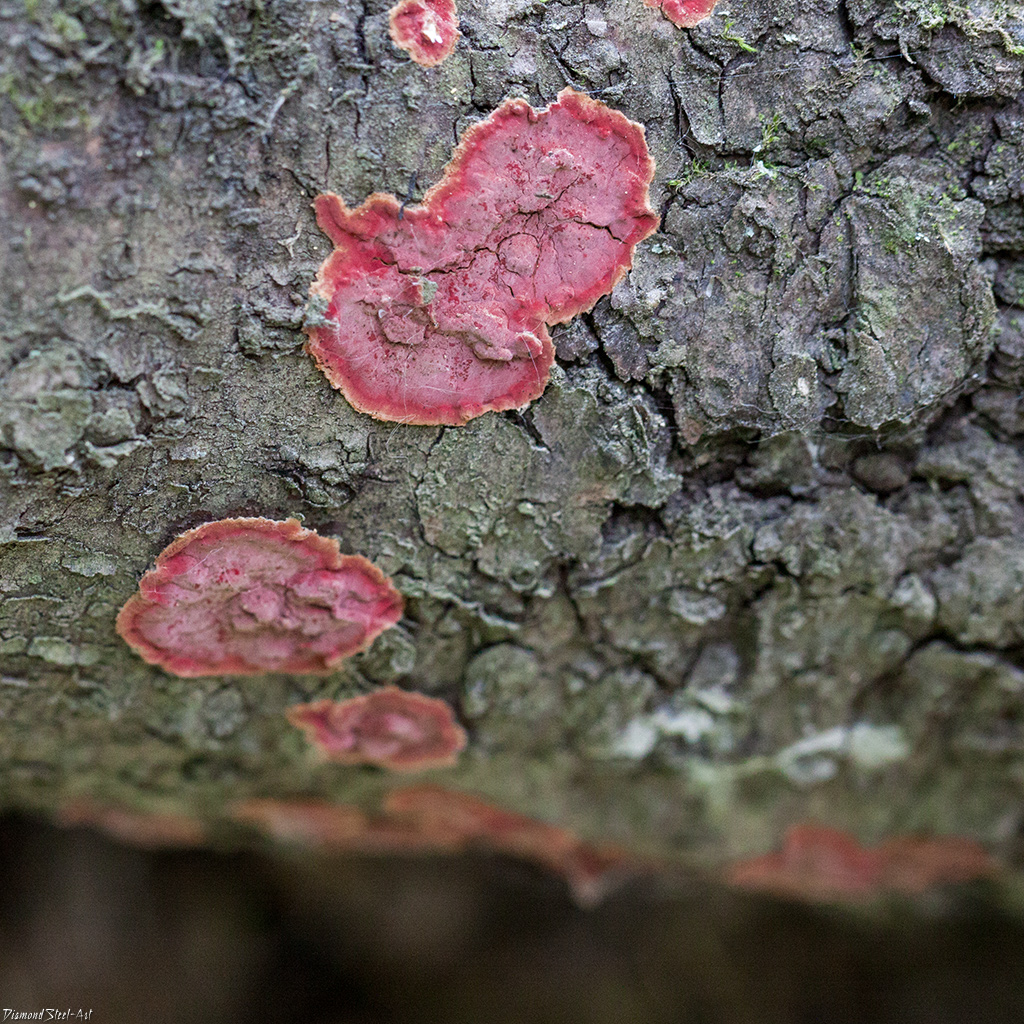
Current title
| Index Fungorum | Hymenochaete cruenta (Pers.) Donk | |
| MycoBank | Hymenochaete cruenta (Persoon) Donk |
Systematic position
Etymology of the species epithet
Synonyms
- Thelephora cruenta Pers., Syn. meth. fung. (Göttingen) 2: 575 (1801)
- Corticium cruentum (Pers.) J. Schröt., In Cohn, Krypt.-Fl. Schlesien (Breslau) 3.1 (25–32): 423 (1888)
- Lomatina cruenta (Pers.) P. Karst., Finl. Basidsvamp. (No. 11): 156 (1899)
- Cytidia cruenta (Pers.) Herter, Krypt.-Fl. Brandenburg (Leipzig) 6 (1): 83 (1910)
- Hymenochaete mougeotii (Fr.) Cooke, Grevillea 8 (no. 48): 147 (1880)
Habit
Fruit body: Leathery or crusty
Hymenophore: Smooth, not pronounced
Fruiting body
Fruit bodies are perennial, prostrate, rezupinata, sometimes with a bent edge, about 3 cm in diameter and 0.5 - 3 mm thick, merging with each other, forming a crust covering.The hymenophore is smooth or slightly bumpy, deep matte, saturated cherry, blood-red or wine-red color, sometimes with a grayish bloom, sometimes, especially when drying, with more or less pronounced zoning; the sterile surface is brown. The edge initially forms a narrow strip 0.5 - 1 mm wide, is colored at first lighter, pink, and then becomes the same color with hymenium or darker than it.
Microscopy
Spores 6 - 8 (9) × 2 - 3 μm, cylindrical, smooth, transparent.
Basidia 22 - 26 × 3.5 - 4.5 μm, narrow-clavate, 4-spore, without a buckle at the base.
Setae 65 - 110 × 5 - 8 µm, protruding by 50 - 90 µm, some completely immersed in the geminial layer, brown, thick-walled, narrowly friable.
The hyphal system is defined differently by different authors: monomitic (Bernicchia A. 2010, Breitenbach J, Kränzlin F. 1986), dimitic (Bondartseva M. A., Parmasto E. Kh. 1986), subdimitic (Parmasto E. 2001).
The sizes of the hyphae also differ. Generative hyphae are yellow, thin-walled, 3–4 µm in diameter, (Bernicchia A. 2010); 1.5 - 2.5 μm (Breitenbach J, Kränzlin F. 1986); 2.5 - 3.5 μm (Parmasto E. 2001). Skeletal hyphae are brown, thick-walled, 2.5 - 3.8 µm in diameter (Bondartseva M. A., Parmasto E. Kh. 1986); thin-walled, 2.5 - 4 microns (Parmasto E. 2001).
Ecology and distribution
It grows on fir (Abies) and, according to unspecified data, on spruce (Picea), on the bark of dead branches and dry trunks, sometimes on dead trunks, in taiga and mountain taiga; apparently the common companion of the fir. In the Novosibirsk Region, it is noted in the mixed fir forests of the Salair Ridge, in the Khanty-Mansi Autonomous Okrug - Yugra it is common in dark coniferous forests, especially in the wet floodplain fir trees of taiga rivers, where accumulations of fruit bodies sometimes reach impressive sizes, covering the trunk for one or two meters.
Fruiting
The main growth is from early May to late autumn.

